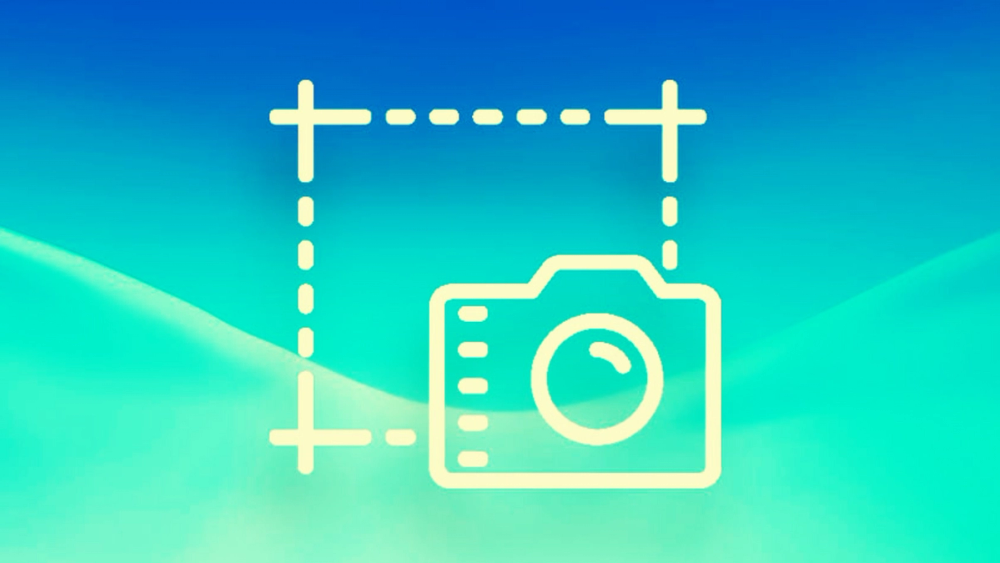How to take screenshot in laptop
Screenshots are incredibly useful for capturing and sharing information from your laptop screen. Whether you want to save an important image, document an error message, or share something interesting with others, knowing how to take a screenshot is a valuable skill. In this step-by-step guide, we will walk you through different methods to capture screenshots on your laptop, regardless of the operating system you're using.

Introduction: Screenshots are incredibly useful for capturing and sharing information from your laptop screen. Whether you want to save an important image, document an error message, or share something interesting with others, knowing how to take a screenshot is a valuable skill. In this step-by-step guide, we will walk you through different methods to capture screenshots on your laptop, regardless of the operating system you're using.
Method 1: Taking a Full-Screen Screenshot
Step 1: Locate the "Print Screen" Key: On most Windows laptops, you will find the "Print Screen" (PrtScn) key on the top-right corner of your keyboard. On Mac laptops, look for the "Command" (⌘) + "Shift" + "3" keys combination.
Step 2: Press the Key or Combination: To capture a full-screen screenshot, simply press the "Print Screen" key on your Windows laptop or simultaneously press the "Command" (⌘) + "Shift" + "3" keys on your Mac laptop.
Step 3: Save and Access the Screenshot: The screenshot is now saved to your clipboard. To access it, open an image editing software such as Paint (Windows) or Preview (Mac), create a new document, and paste the screenshot (Ctrl+V on Windows, Command+V on Mac). Save the image file in a location of your choice.
Method 2: Capturing a Specific Window or Application
Step 1: Locate the "Alt" or "Option" Key: On Windows laptops, locate the "Alt" key on the bottom-left side of your keyboard. For Mac laptops, look for the "Command" (⌘) key, also known as the "Apple" key.
Step 2: Press the Key: While holding down the "Alt" (Windows) or "Command" (Mac) key, press the "Print Screen" key.
Step 3: Save and Access the Screenshot: The screenshot of the active window or application will be saved to your clipboard. Open an image editing software, create a new document, and paste the screenshot (Ctrl+V on Windows, Command+V on Mac). Save the image file in a location of your choice.
Method 3: Using Snipping Tool or Screenshot Tools
Windows laptops have a built-in tool called "Snipping Tool" that allows you to capture specific portions of the screen. On Mac laptops, the "Grab" tool serves a similar purpose.
Step 1: Search for the Snipping Tool or Grab: On Windows, search for "Snipping Tool" in the Start menu. On Mac, locate the "Grab" application in the Utilities folder (Applications > Utilities).
Step 2: Open the Tool and Select Capture Type: Open the Snipping Tool or Grab and choose the type of screenshot you want to capture (e.g., rectangular snip, free-form snip, full-screen snip). Follow the on-screen instructions to capture the desired area.
Step 3: Save the Screenshot: After capturing the screenshot, the Snipping Tool or Grab will open a window with the captured image. Save the screenshot in a location of your choice.
Conclusion: Knowing how to take screenshots on your laptop is a valuable skill that allows you to capture and share information quickly and efficiently. By following this step-by-step guide, you can easily capture full-screen screenshots, specific windows or applications, and even use built-in tools for more precise captures. Use these methods to enhance your productivity, document important information, or share interesting content with others. Happy screenshotting!
Related Guides

How to Fix Corrupted Pen Drive: A Comprehensive Guide

How to Manage Storage of iPhones? A Comprehensive Guide

How to Download YouTube Video: A Step-by-Step Guide

How To Download Facebook videos?

i Phone 15 Reviews: Unveiling the Future of Smartphones

iPhone 15 vs iPhone 15 Plus: The Ultimate Showdown

Discover the Top 10 Chat GPT Alternatives for Enhanced Conversations